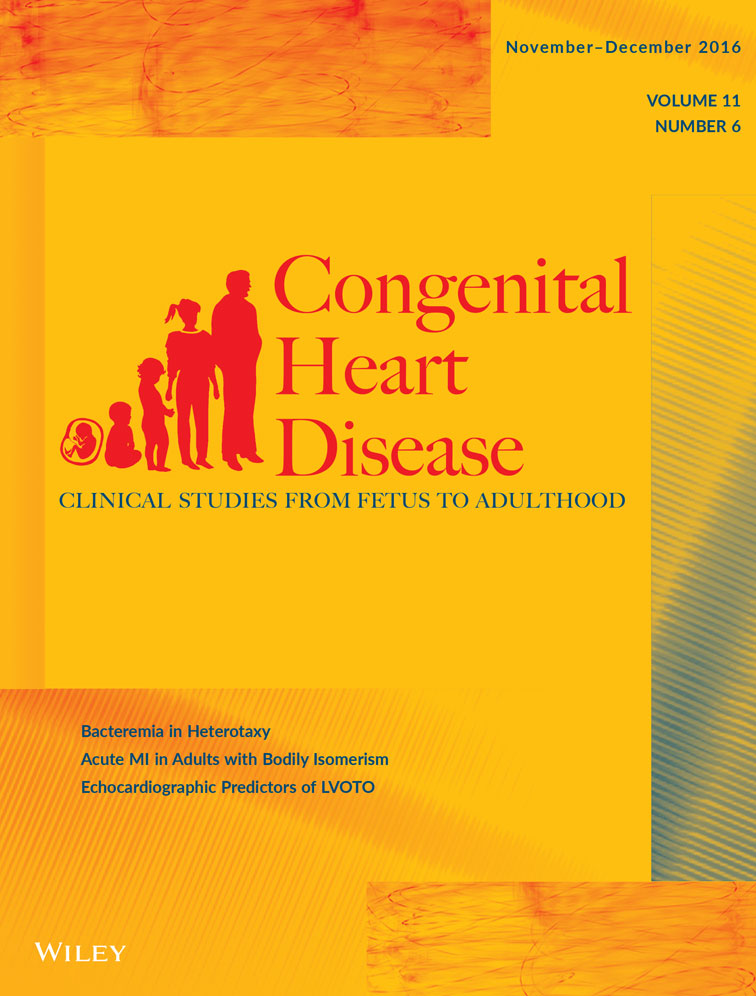Molecular and Functional Characterization of Rare CACNA1C Variants in Sudden Unexplained Death in the Young
The first four authors contributed equally to this work.
Conflict of interest: Mayo Clinic and MJA receive sales based royalties from Transgenomic's FAMILION-LQTS and FAMILION-CPVT genetic tests.
Funding: This work was supported by the Windland Smith Rice Comprehensive Sudden Cardiac Death Program (M.J.A.), the Dr. Scholl Foundation (M.J.A), Hannah Wernke Memorial Foundation (M.J.A), the Sheikh Zayed Saif Mohammed Al Nahyan Fund in Pediatric Cardiology Research (M.J.A.) CONACYT, Mexico #FM201866 (H.B.M. and D.H.), and the National Institutes of Health (R01-HD42569 to M.J.A. and R01-HL47678 to C.A.). N.J.B was supported by CTSA Grant (ULI TR000135) from the National Center for Advancing Translational Science, a component of the National Institutes of Health, and an individual PhD predoctoral fellowship from the American Heart Association (12PRE1134005).
Abstract
Introduction
Perturbations in the CACNA1C-encoded L-type calcium channel α-subunit have been linked recently to heritable arrhythmia syndromes, including Timothy syndrome, Brugada syndrome, early repolarization syndrome, and long QT syndrome. These heritable arrhythmia syndromes may serve as a pathogenic basis for autopsy-negative sudden unexplained death in the young (SUDY). However, the contribution of CACNA1C mutations to SUDY is unknown.
Objective
We set out to determine the spectrum, prevalence, and pathophysiology of rare CACNA1C variants in SUDY.
Methods
Mutational analysis of CACNA1C was conducted in 82 SUDY cases using polymerase chain reaction, denaturing high-performance liquid chromatography, and direct sequencing. Identified variants were engineered using site-directed mutagenesis, and heterologously expressed in TSA-201 or HEK293 cells.
Results
Two SUDY cases (2.4%) harbored functional variants in CACNA1C. The E850del and N2091S variants involve highly conserved residues and localize to the II-III linker and C-terminus, respectively. Although observed in publically available exome databases, both variants confer abnormal CaV1.2 electrophysiological characteristics. Examination of the electrophysiological properties revealed the E850del mutation in CACNA1C led to a 95% loss-of-function in ICa, and the N2091S variant led to a 105% gain-of-function in ICa. Additionally, N2091S led to minor kinetic alterations including a −3.4 mV shift in V1/2 of activation.
Conclusion
This study provides molecular and functional evidence that rare CACNA1C genetic variants may contribute to the underlying pathogenic basis for some cases of SUDY in either a gain or loss-of-function mechanism.




